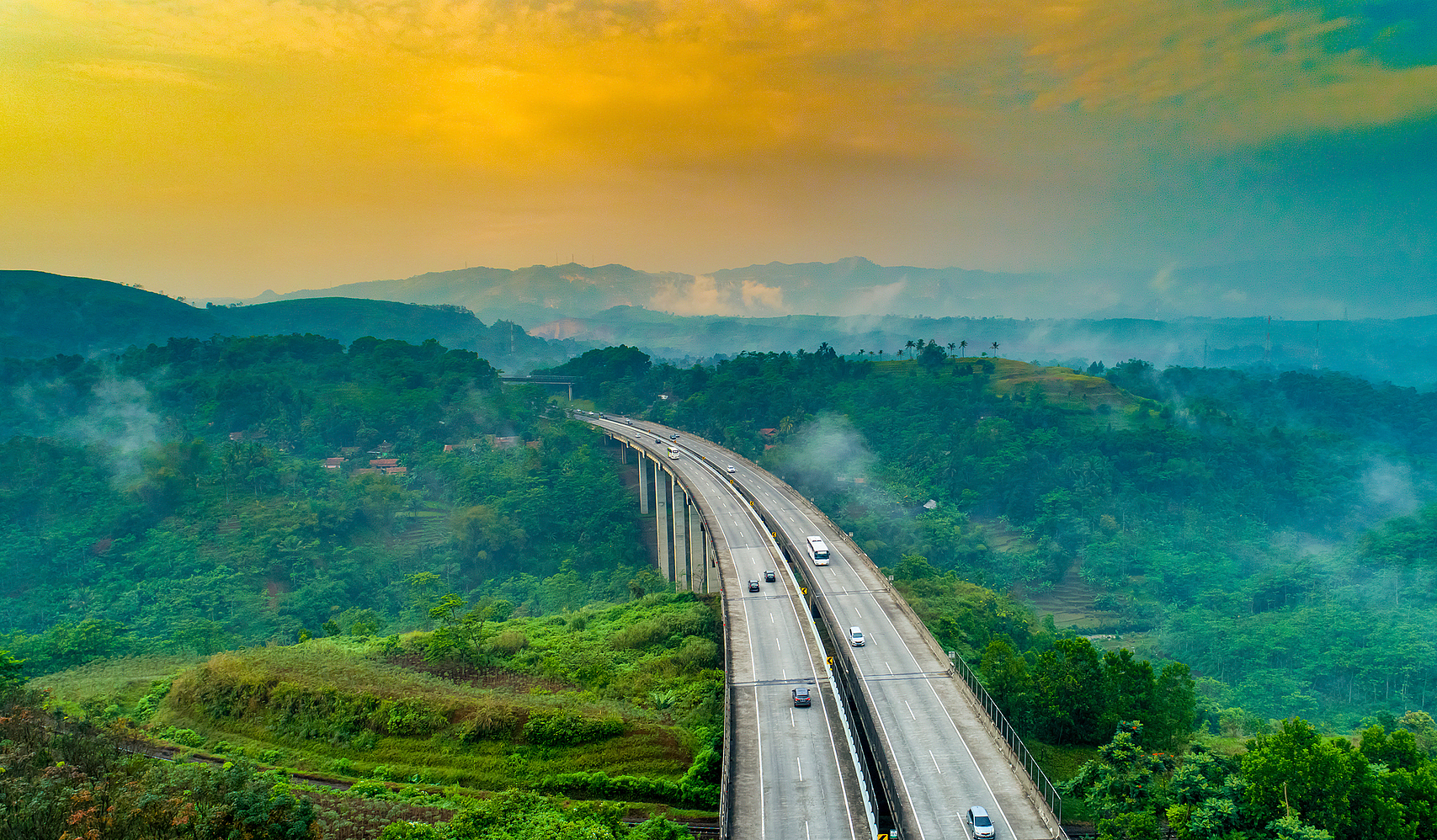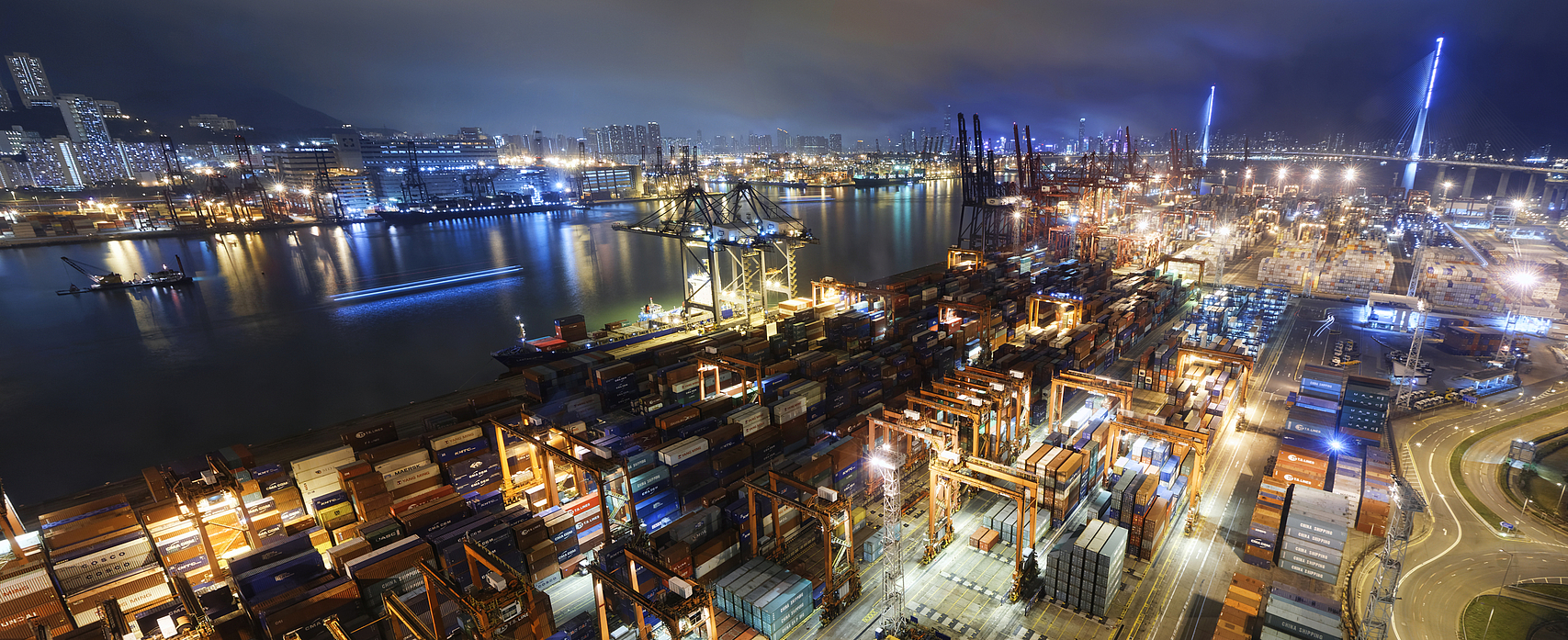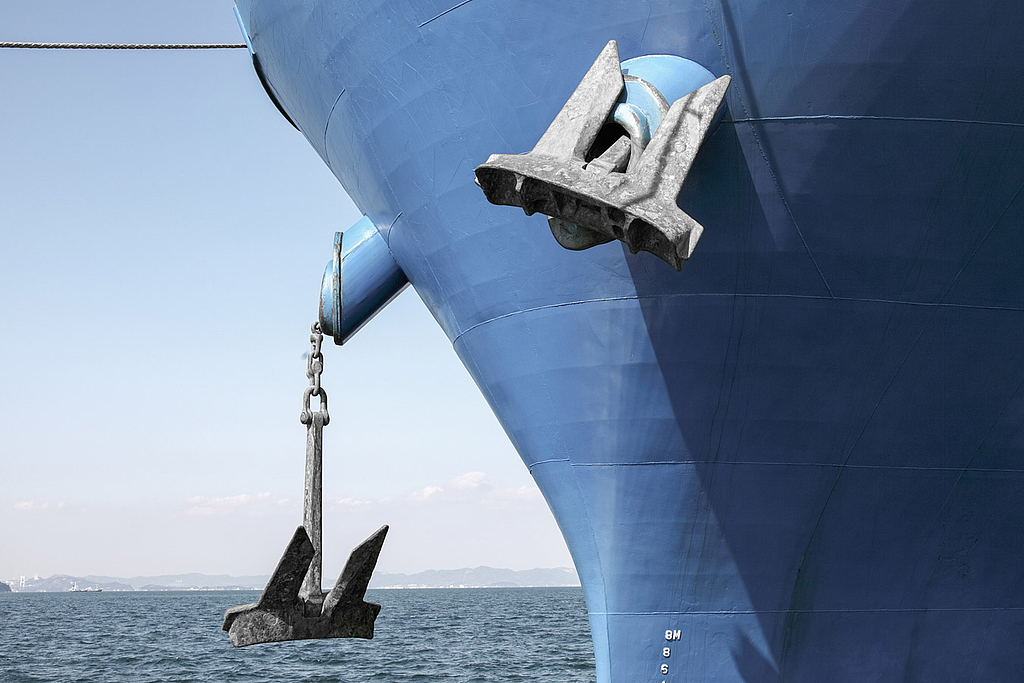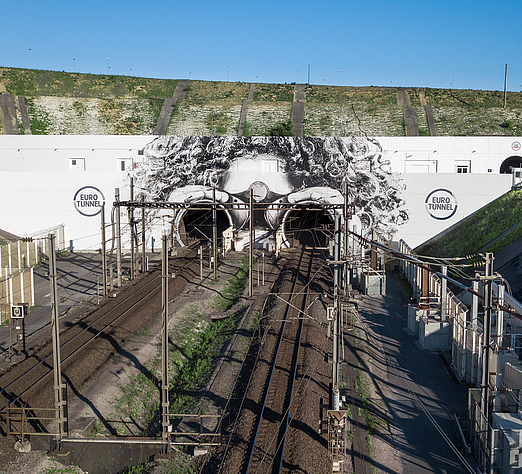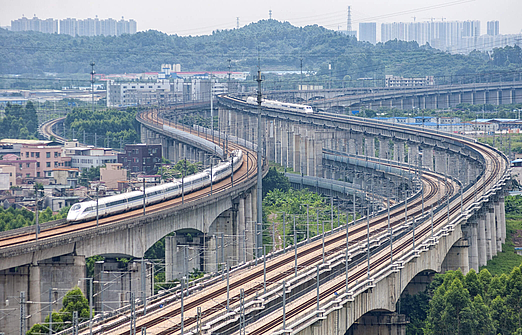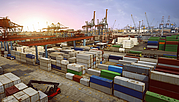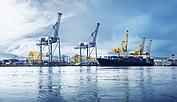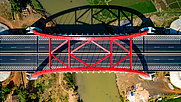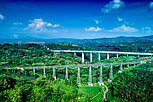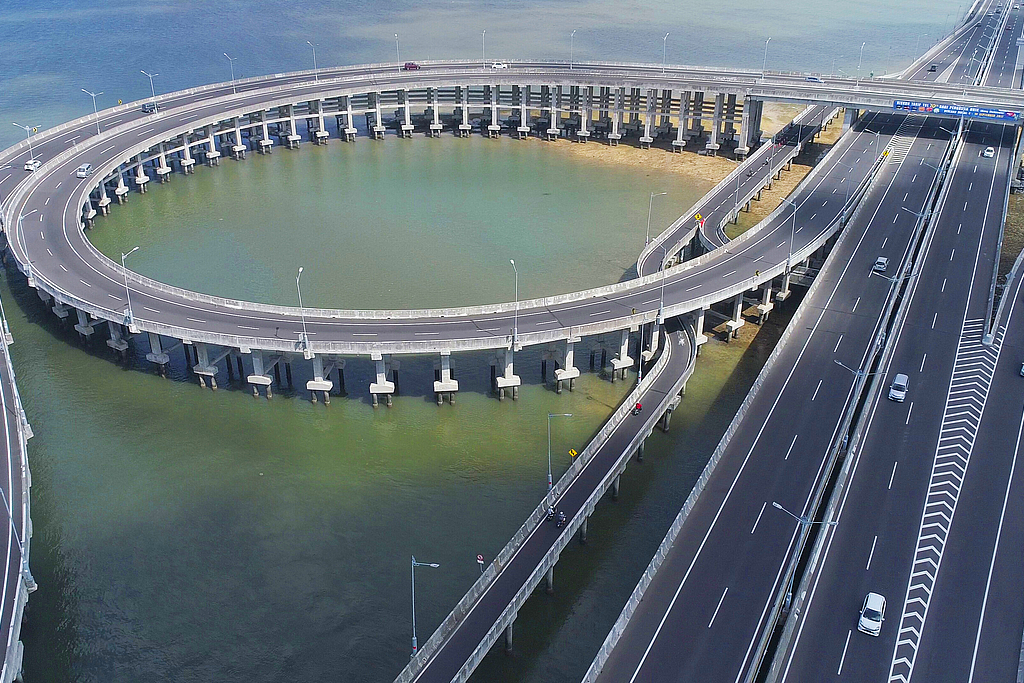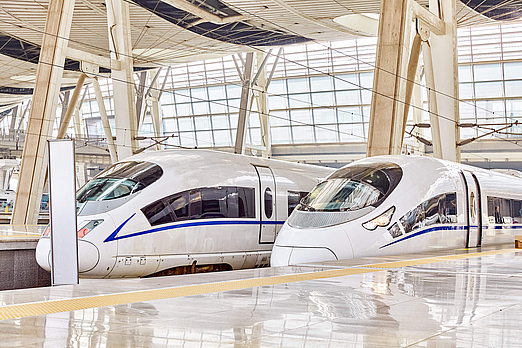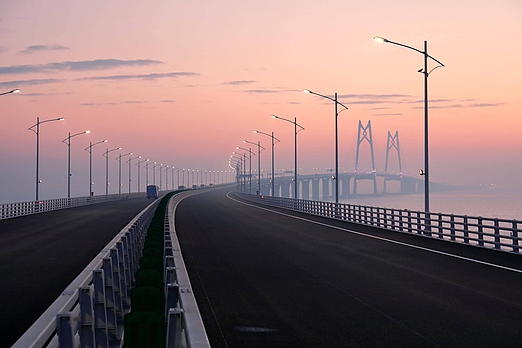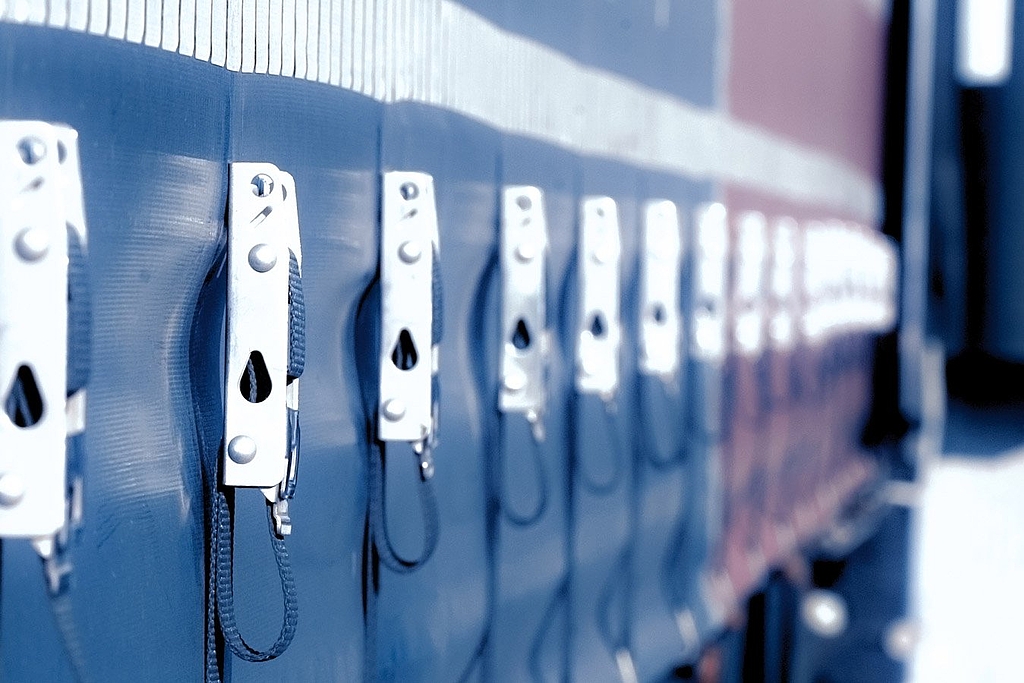A country on the economic upswing
Indonesia – Archipelago with high potential
- Facts
This island nation is one of the most popular vacation destinations in Asia. Mile-long beaches, a tropical climate and delicious food. But the country owes its attractiveness to more than just the popular vacation islands of Bali and Lombok. The economic developments here in recent years have been beyond astounding and have made the country the world’s sixteenth-largest economy. The current government has embarked on an infrastructure campaign to address the continuing logistical difficulties and challenges. International transport and logistics companies have also been recently granted access to this previously closed-off market. Join us in taking a look at this upcoming and multifaceted island nation.
